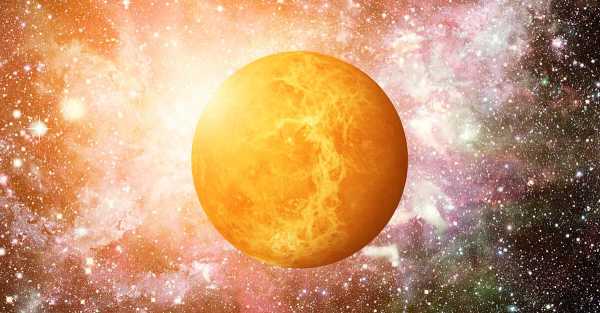
A Soviet spacecraft landed on Earth on Saturday, more than 50 years after its failed launch to Venus.
The European Space Surveillance Service confirmed the uncontrolled re-entry of Cosmos 482 based on analysis and the absence of a signal from the space object in subsequent orbits.
The European Space Agency’s Space Debris Office also said the craft reentered the atmosphere after not being detected by a German radar station.
It is not known where exactly the spacecraft landed or what part of the half-ton ship survived the fiery descent from orbit, if any.
Experts had warned in advance that part, if not all, of the object could fall, as it was designed to land on Venus, the hottest planet in the solar system.
Scientists say the chances of anyone being harmed by spacecraft debris are extremely low.

Launched in 1972 by the former Soviet Union, the craft known as Cosmos 482 was part of a series of missions aimed at Venus. However, it never left Earth orbit, stuck there due to a rocket malfunction.
Most of the spacecraft fell to Earth within a decade of the failed launch. No longer able to resist gravity as its orbit diminished, the spherical lander — estimated to be 3 feet in diameter — was the last part of the craft to touch down.
The lander was encased in a titanium shell and weighed more than 1,000 pounds (495 kg), experts said.
As scientists, military experts and others watched the spacecraft fall, they were unable to accurately predict when and where the landing would occur.
Uncertainty was heightened by solar activity and the deterioration of the craft after such a long stay in space.
As of Saturday morning, the US Space Command had not yet confirmed the spacecraft’s fall as it continued to collect and analyze data from orbit.
U.S. Space Command tracks dozens of reentries each month. But Cosmos 482 stood out — and drew extra attention from government and private space watchers — because it had a better chance of surviving reentry, officials said.
The craft also approached the atmosphere uncontrolled, without any intervention from the controllers who typically steer old satellites and other space junk into vast expanses of water like the Pacific Ocean.
Sourse: breakingnews.ie